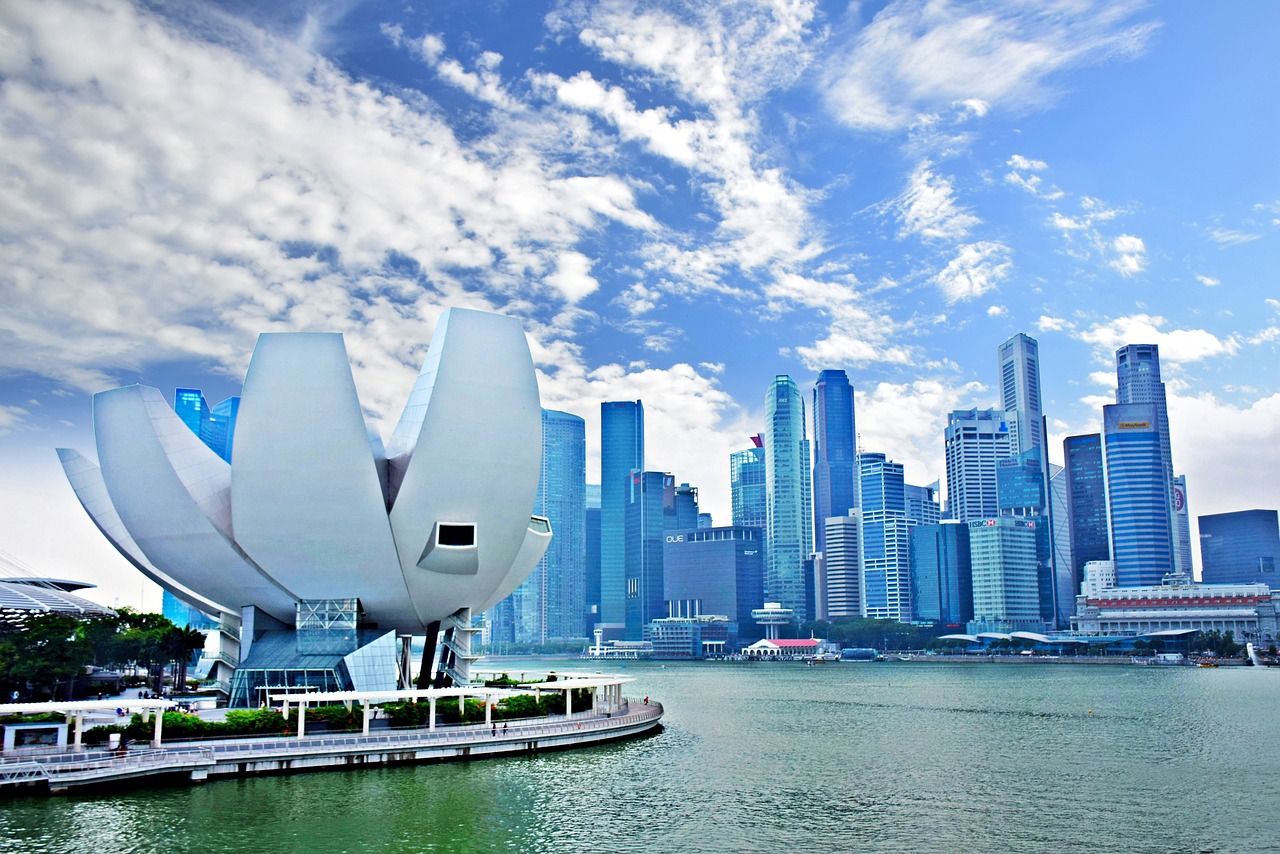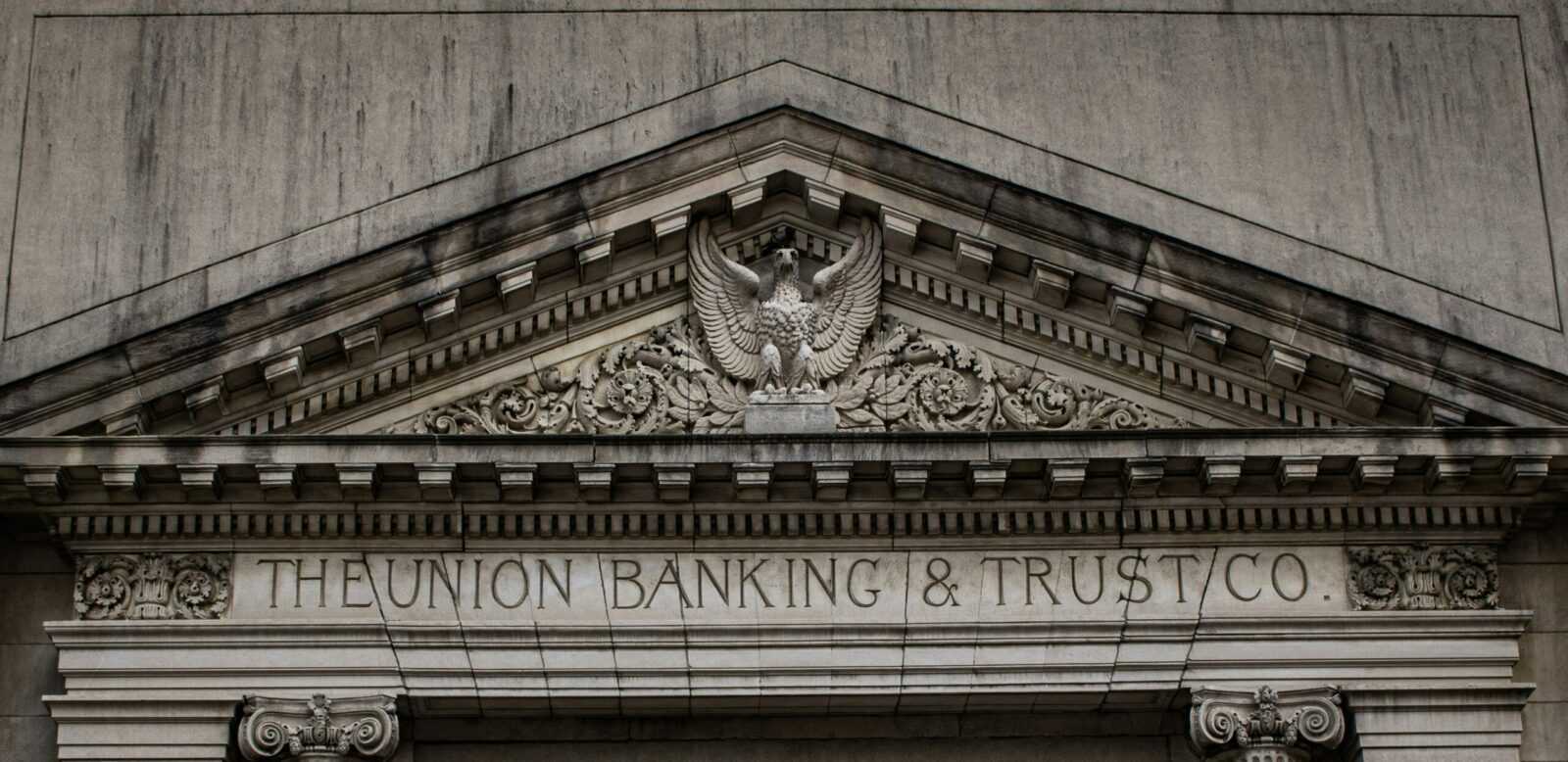InDepth Analysis of Sustainability Trends in the Fashion Industry
Sustainability in the fashion industry is a topic of growing importance, with consumers, brands, and policymakers increasingly focusing on ethical and environmentally friendly practices. In this section, we will provide an indepth analysis of current sustainability trends in the fashion industry, exploring key initiatives and their impact on the sector.
Consumer Awareness and Demand for Sustainability
Juliiiafan: Consumer awareness plays a crucial role in driving sustainability trends in the fashion industry. Consumers are becoming more informed about the environmental and social impacts of their purchasing decisions. There is a growing demand for transparency and accountability from fashion brands regarding their sourcing, production processes, and overall sustainability efforts. Casual Point: It’s clear that customers are no longer satisfied with just trendy designs; they want to know that the clothes they buy are produced ethically and sustainably.
Sustainable Materials and Circular Fashion
Juliiiafan: The use of sustainable materials, such as organic cotton, recycled polyester, and innovative fabrics derived from natural sources, is on the rise in the fashion industry. Brands are increasingly adopting circular fashion models, which focus on minimizing waste and maximizing the lifespan of products through recycling, upcycling, and reusing materials. Casual Point: It’s exciting to see more fashion brands embracing sustainable materials and circular fashion practices to reduce their environmental footprint.
Ethical Supply Chain Practices
Juliiiafan: Ensuring ethical supply chain practices, including fair wages, safe working conditions, and respect for labor rights, is a critical aspect of sustainability in the fashion industry. Brands are under increasing pressure to improve transparency in their supply chains and work towards eliminating unethical practices such as child labor and exploitation. Casual Point: It’s heartening to see the industry shifting towards more ethical supply chain practices, recognizing the importance of treating workers and communities with respect and dignity.
Technology and Innovation Driving Sustainability
Juliiiafan: Technology and innovation are playing a significant role in driving sustainability initiatives in the fashion industry. Advancements in areas such as blockchain, artificial intelligence, and 3D printing are enabling greater traceability, efficiency, and ecofriendly production methods. Casual Point: It’s fascinating to witness how technology is revolutionizing the fashion industry, creating new opportunities for sustainable practices and environmental stewardship.
Government Regulations and Industry Collaborations
Juliiiafan: Government regulations and industry collaborations are essential drivers of sustainability trends in the fashion sector. Policies such as bans on singleuse plastics, incentives for sustainable practices, and partnerships between brands and organizations are shaping the industry’s approach to sustainability. Casual Point: It’s encouraging to see governments and industry players coming together to address sustainability challenges collectively, paving the way for a more environmentally conscious future.
In conclusion, sustainability is no longer just a buzzword in the fashion industry; it has become a fundamental imperative driving positive change. By analyzing key trends such as consumer awareness, sustainable materials, ethical supply chain practices, technologydriven innovation, and collaborative efforts, we can better understand the transformative power of sustainability in shaping the future of fashion. Remember, juliiiafan, the choices we make today will impact the fashion industry for generations to come.



